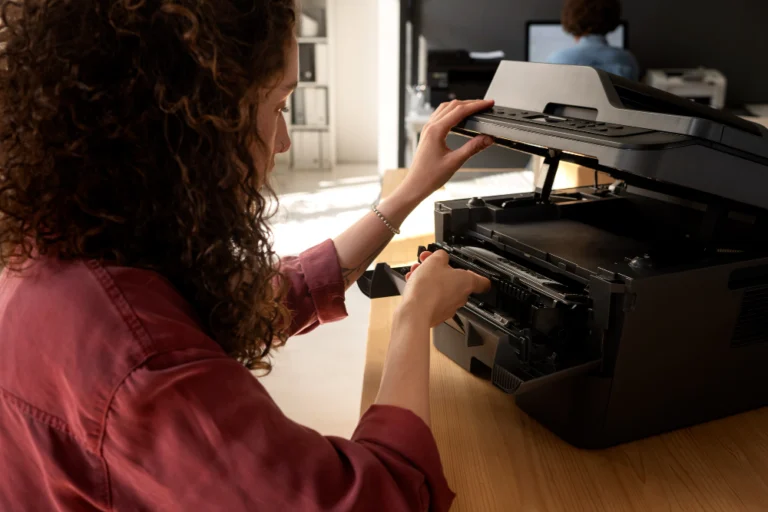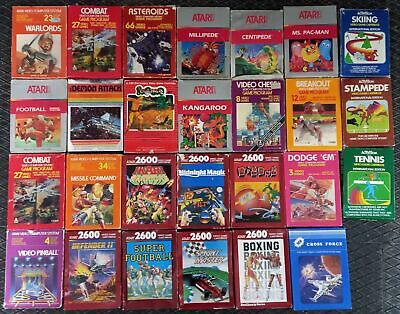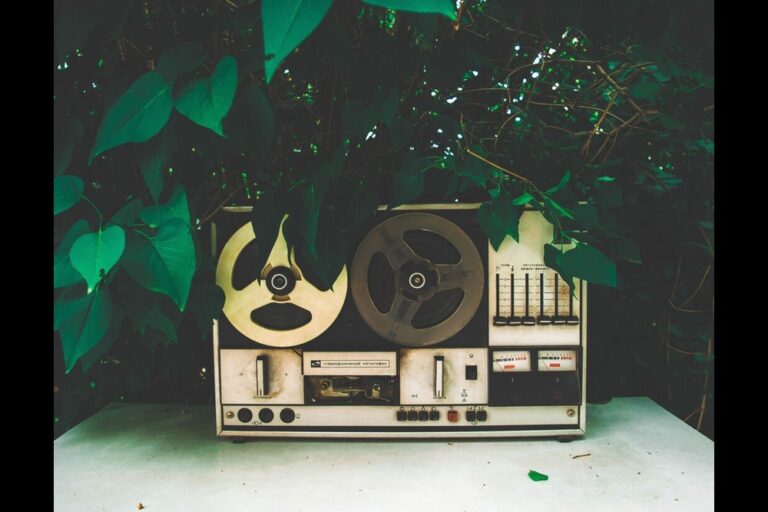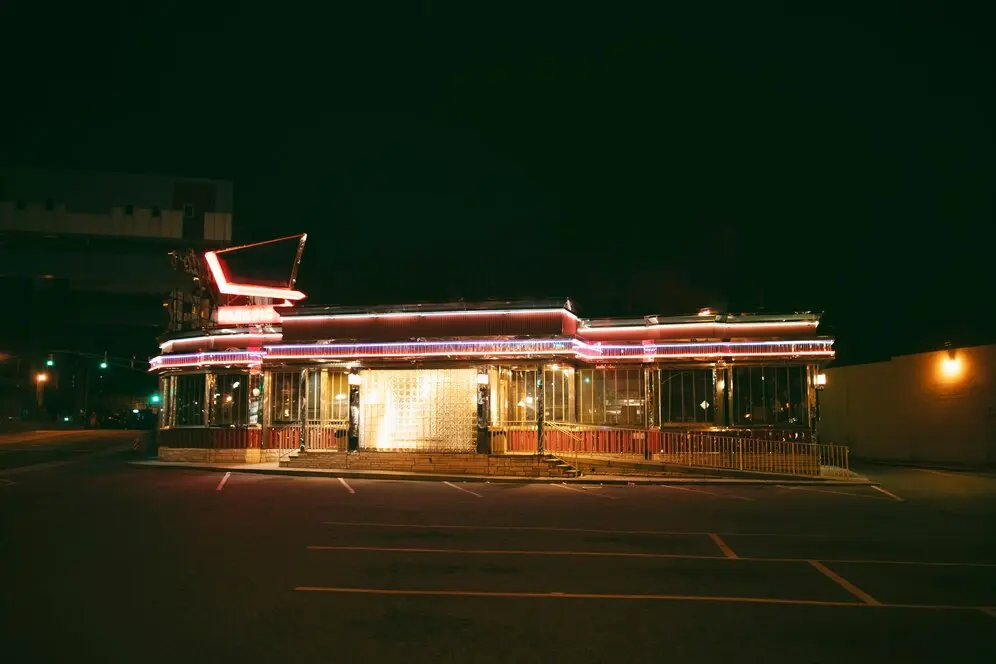
Remember the feeling? The buzz of a Friday night, the promise of adventure, comedy, or scares contained within rectangular plastic cases. It wasn’t just about watching a movie; it was the ritual. Piling into the car, navigating those brightly lit aisles, the tactile pleasure of picking up a movie box, debating choices with family or friends, the familiar weight of the VHS tape or the sleek shine of a new DVD. And, of course, the ubiquitous smell – a unique blend of plastic, popcorn, and maybe a hint of floor cleaner . That was the essence of Blockbuster history a cultural landmark that defined movie nights for millions around the world.
For nearly two decades, Blockbuster wasn’t just a video rental store; it was the video rental store. It dominated the home entertainment landscape, shaping how we discovered and consumed movies. But like many titans of a bygone tech era, its reign couldn’t last forever. The digital tide, led by a then-underdog named Netflix, swept in, fundamentally changing everything.
This is the story of Blockbuster’s meteoric rise, its cultural zenith, and its eventual, dramatic fall – a tale of innovation, missed opportunities, and the relentless march of technology.
The Dawn of the Video Empire
It all started in Dallas, Texas, in 1985. David Cook founded the first Blockbuster Video, envisioning a modern, family-friendly alternative to the smaller, often dimly lit video stores common at the time. His concept featured a bright, clean, well-organized layout with a massive selection – initially boasting around 8,000 tapes, far more than typical competitors .
The timing was perfect. VCR ownership was exploding in American households, creating a massive demand for content. Blockbuster’s model, focused on new releases and a standardized, reliable experience, quickly caught on. It felt less like a corner shop and more like a supermarket for movies.
Key ingredients to early success:
- Massive Selection: Offering thousands of titles, dwarfing smaller mom-and-pop stores.
- Family-Friendly Atmosphere: Bright lighting, organized aisles, and often, a policy against stocking adult films, appealed to a broader audience.
- Computerized Inventory: Sophisticated (for the time) systems helped manage stock and track rentals efficiently.
- Rapid Expansion: Under leaders like Wayne Huizenga, who acquired a major stake early on, Blockbuster pursued aggressive expansion through franchising and acquisitions, quickly establishing a national footprint . By 1989, it had nearly 1,000 stores.
Do you remember getting your first Blockbuster membership card? That little piece of laminated plastic felt like a key to a world of entertainment. Choosing movies became a weekend ritual, a pilgrimage to the blue and yellow temple of film.
The Evolution of Home Entertainment: From Tape to Streaming
Blockbuster reigned supreme during the transition from VHS to DVD. The late 90s and early 2000s were its golden age. At its peak in 2004, the company employed over 84,000 people worldwide and operated more than 9,000 stores. They adapted to DVDs, offering them alongside VHS tapes, and even ventured into video game rentals.
Key Milestones in the Blockbuster Era:
- 1985: First Blockbuster store opens in Dallas, TX.
- Late 1980s: Rapid expansion across the US.
- 1994: Acquired by Viacom .
- 1997: Transition begins from VHS to DVD rentals.
- 1997: A small startup called Netflix launches, offering DVDs by mail .
- 2000: Netflix, struggling financially, approaches Blockbuster with a $50 million acquisition offer. Blockbuster reportedly laughs them off . This is often cited as a monumental strategic blunder.
- 2004: Blockbuster reaches its peak with over 9,000 stores globally. Introduces “No Late Fees” (briefly), a move that hurt revenue .
- 2005: Blockbuster launches “Total Access,” combining online DVD rentals (competing with Netflix’s mail service) and in-store returns.
- 2007: Netflix introduces its streaming service, initially small but game-changing . Blockbuster’s response is slow.
- 2010: Blockbuster files for Chapter 11 bankruptcy.
- 2011: Dish Network acquires Blockbuster out of bankruptcy.
- 2013: Dish Network announces the closure of the remaining company-owned Blockbuster stores in the US.
The shift was seismic. While Blockbuster was focused on optimizing its physical store experience and belatedly launching its own DVD-by-mail and (limited) streaming efforts, Netflix was doubling down on the convenience of mail and, crucially, investing in the future: streaming directly over the internet .
Blockbuster viewed its stores as assets; increasingly, consumers saw them as an inconvenience compared to mail delivery or instant streaming.
The Rental Experience: Then vs. Now
Comparing the Blockbuster experience to modern streaming highlights just how much has changed. It wasn’t just about what you watched, but how you watched it.
| Feature | Blockbuster (Late 90s/Early 00s) | Modern Streaming (e.g., Netflix, Hulu) |
| Selection Access | Physical trip required; limited by store inventory | Instant access from home; vast digital libraries |
| Discovery | Browse aisles, reading boxes, staff recommendations | Algorithms, curated lists, trailers, user reviews |
| Acquisition Time | Travel time + Browse time (often 30+ mins) | Near-instantaneous |
| Format | Physical media (VHS, DVD, Games) | Digital streams (or temporary downloads) |
| Viewing Window | Typically 2-7 days | Unlimited (as long as subscribed/content available) |
| Late Fees | Infamous! A significant revenue source (and annoyance) | None (Subscription model) |
| Cost Model | Per-rental fee (or subscription for mail service later) | Monthly subscription (tiered, sometimes with ads) |
| New Releases | Often multiple copies, but could be rented out | Available instantly to all subscribers (usually) |
| Social Aspect | Shared physical experience, spontaneous run-ins | Often solo viewing; virtual watch parties |
| “Rewind” Penalty | The dreaded “Be Kind, Rewind” sticker on VHS! | Not applicable |
Export to Sheets
The friction of the Blockbuster experience – the travel, the potential disappointment of a movie being out, the deadline to return it, the punitive late fees – is unthinkable to a generation raised on instant streaming. Yet, there was a charm to that friction, a deliberate nature to the choice that streaming often lacks.
Cultural Impact: More Than Just Movies
Blockbuster wasn’t just a store; it was woven into the fabric of suburban life and popular culture.
- The Friday Night Ritual: For countless families and groups of friends, a trip to Blockbuster was the kickoff to the weekend.
- Social Hub: You’d bump into neighbors, classmates, or colleagues Browse the aisles. It was a shared community space centered around entertainment.
- Movie Discovery Engine: Before algorithms, Blockbuster aisles were the discovery engine. Wandering the sections, picking up boxes based on cover art or vague memories of a trailer, led to countless unexpected cinematic finds (and duds!).
- “Be Kind, Rewind”: This simple sticker on VHS tapes became a cultural catchphrase, a gentle reminder of shared responsibility in the analog era.
- Pop Culture References: Blockbuster appeared in movies and TV shows, instantly signaling a specific time and place. Its eventual decline even inspired documentaries (like The Last Blockbuster) and a Netflix comedy series (ironically) .
- Shaping Viewing Habits: Blockbuster’s focus on new releases arguably trained audiences to prioritize the latest hits, a pattern streaming services exploit today.
However, its dominance wasn’t universally loved. Critics argued Blockbuster’s expansion forced countless independent “mom-and-pop” video stores out of business, leading to a homogenization of the rental landscape .
These smaller stores often curated more eclectic or specialized collections, and their demise represented a loss for film buffs seeking something beyond the mainstream.
Collector’s Corner: Keeping the Blue & Yellow Alive
Believe it or not, Blockbuster nostalgia is real, and there’s a market for memorabilia . For those looking to recapture a piece of the past:
- Membership Cards: Those laminated cards are potent nostalgia triggers. Condition varies, but they often appear on auction sites like eBay.
- VHS/DVD Cases: Original Blockbuster-branded rental cases, especially for VHS tapes, are collectible.
- Signage & Displays: Authentic store signs, posters, or display stands are rarer and more valuable . Reproductions are also common.
- Uniforms: An employee polo shirt or vest can be a quirky collector’s item.
- Promotional Items: Items like candy containers, keychains, or promotional tie-ins given out in stores.
- “The Last Blockbuster” Merch: The last remaining store in Bend, Oregon, sells its own merchandise online, supporting its continued operation . Items often include “Be Kind, Rewind” hats and shirts .
Prices vary wildly depending on rarity and condition. While you might not get rich collecting Blockbuster swag, it’s a fun way to connect with a shared cultural memory. Check online marketplaces like eBay, Etsy, and specialty retro shops .
Why We Miss Blockbuster (Even the Annoying Parts)

Why does Blockbuster hold such a nostalgic grip, even fifteen years after its bankruptcy? It’s more than just the movies.
- The Tangible Experience: In an increasingly digital world, we miss the physicality – holding the box, the weight of the tape, the membership card in our wallet.
- The Ritual and Anticipation: The deliberate act of going somewhere to choose entertainment built anticipation. It made movie night feel like an event.
- Serendipitous Discovery: Algorithms are efficient, but wandering aisles led to discovering hidden gems or taking a chance on something completely unknown based on cover art alone. It felt more adventurous.
- Shared Social Space: It was a place for casual social interaction, a community third space that largely disappeared with its closure . Do you remember debating movie choices with friends right there in the aisle?
- Simpler Times: Nostalgia often smooths rough edges. We remember the fun of choosing movies more than the frustration of late fees or finding the movie we wanted was already rented out. It represents a perceived simpler, less overwhelming time before the paradox of infinite choice offered by streaming.
- Human Connection: Talking to staff, getting recommendations, or just being around other people sharing the experience offered a human connection that scrolling a screen lacks.
As one former CEO, John Antioco, reflected on the missed Netflix opportunity, “We had the resources, we had the brand. What we didn’t have was the vision” . Blockbuster clung to the status quo, believing “Nothing can ever replace the in-store video buying and renting experience. Until something did.” .
The Final Rewind: Blockbuster’s Legacy
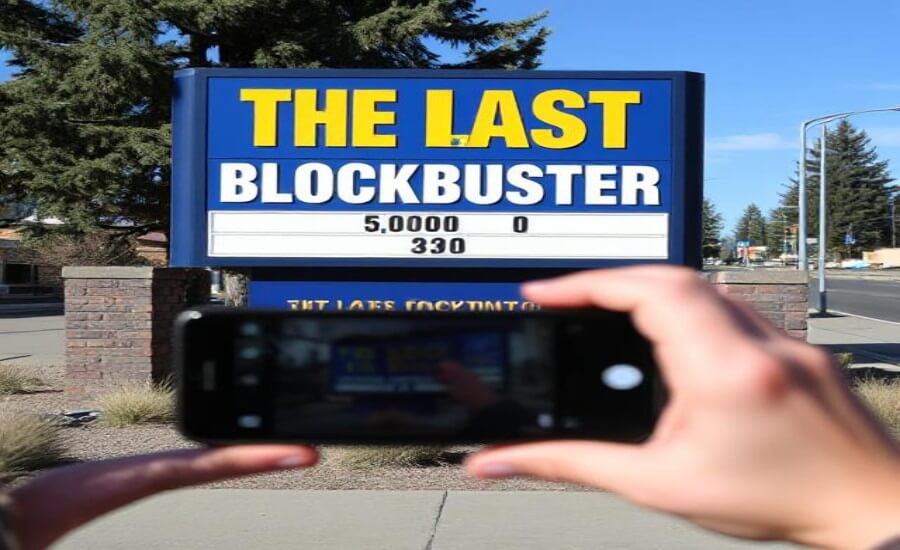
The rise and fall of Blockbuster is a classic business case study in disruption, the failure to adapt to technological change, and the dangers of underestimating a nimble competitor. Its reliance on the physical store model and, notoriously, late fees, ultimately proved fatal in the face of Netflix’s convenient, customer-friendly subscription models (first mail, then streaming) . The $50 million offer to buy Netflix in 2000 looms large as one of corporate history’s great “what ifs” .
But Blockbuster’s legacy isn’t just about business failure. It’s about shared memories, cultural moments, and a fundamental shift in how we experience entertainment. It represents the end of an era – the era of physical media dominance, the weekend pilgrimage for movies, the satisfying click of a VHS tape slotting into the VCR.
While streaming offers unparalleled convenience and choice, something was arguably lost in the transition: the ritual, the tangible discovery, the shared physical experience. The enduring nostalgia for Blockbuster speaks volumes about our relationship with technology, memory, and the simple joys of picking out a movie on a Friday night. Be kind, rewind… the memories.


